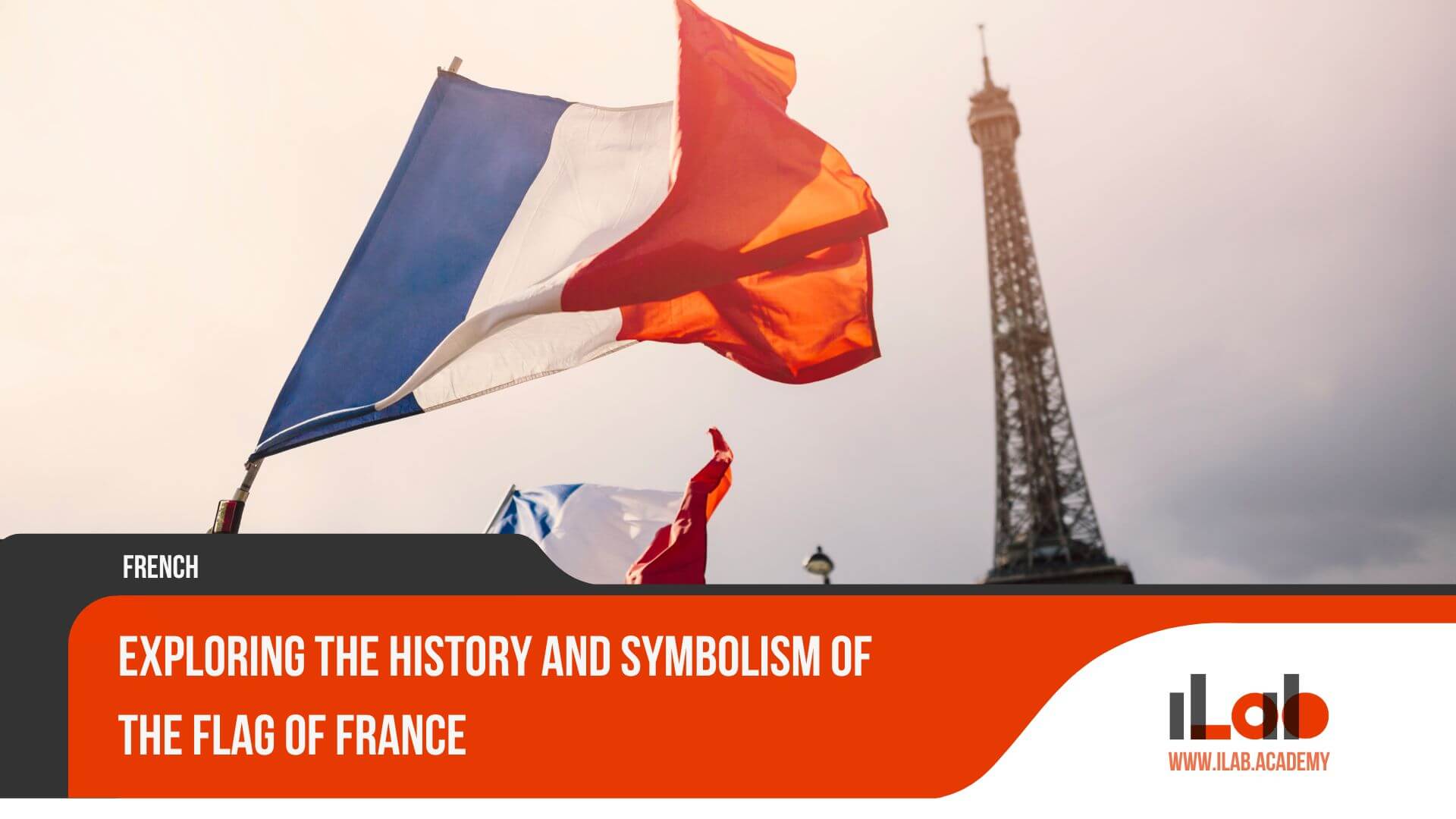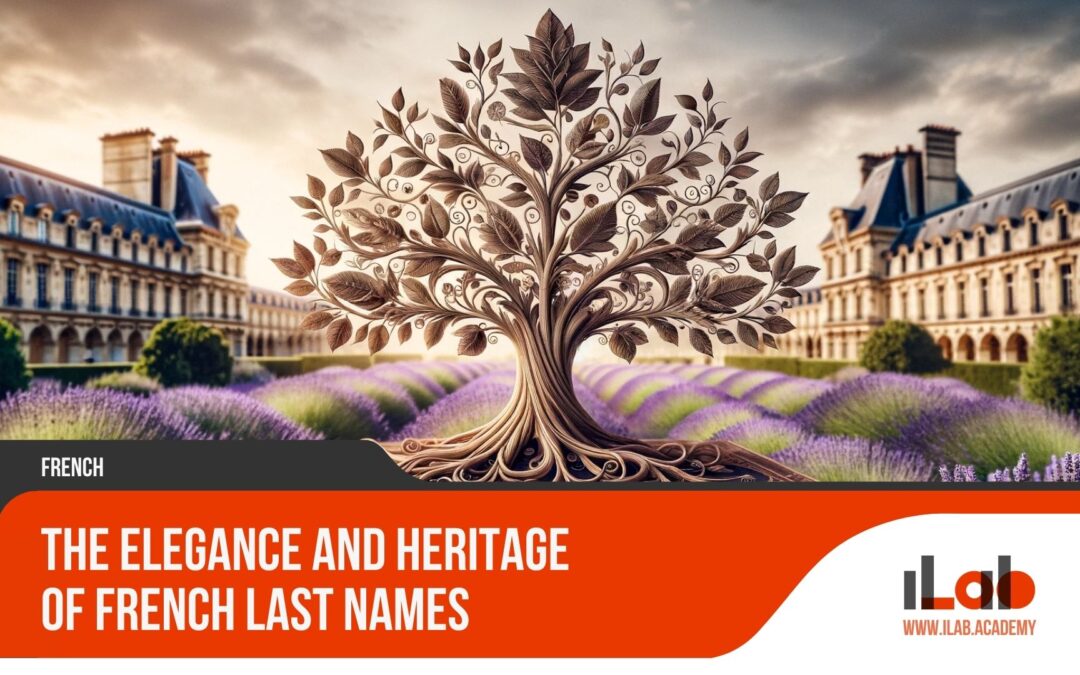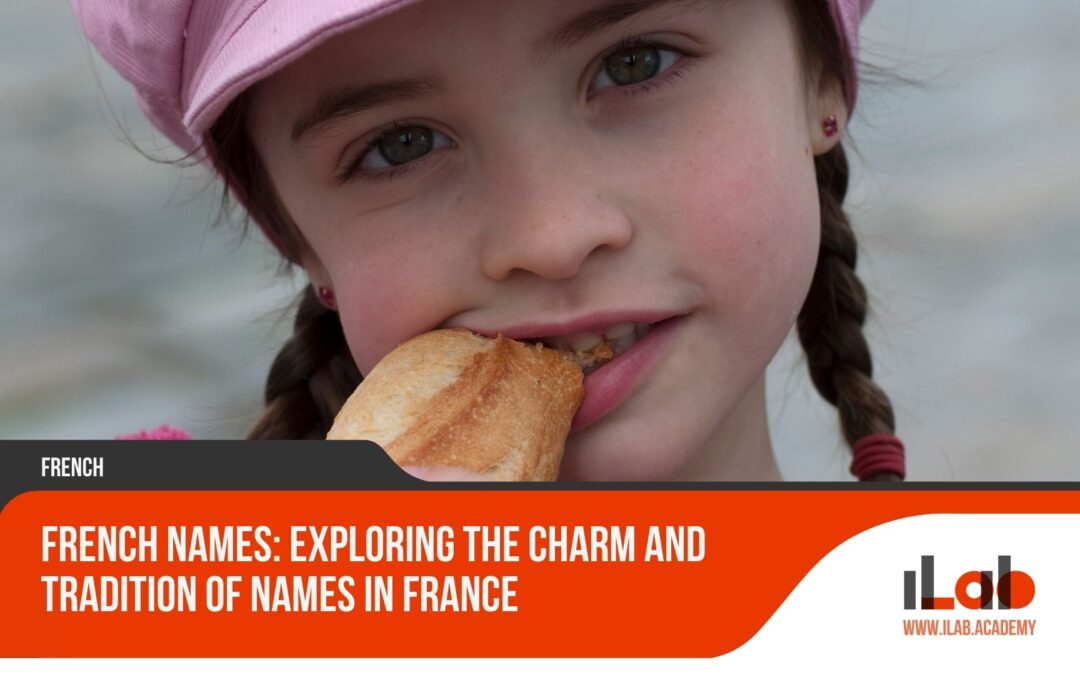Table of contents
The flag of France, also known as the Tricolor, features three vertical bands: blue, white, and red. Its design symbolizes liberty, equality, and fraternity. Born from the French Revolution in 1789, it was inspired by the cockade worn by Paris militias.
Jacques-Louis David made changes to its current form in 1794.
During times like the Bourbon Restoration (1815-1830), another flag replaced it briefly but returned after the July Revolution in 1830. Influenced by the Dutch flag’s colors—red, white, and blue—the French adopted their famous tricolor during this revolutionary era.
President Emmanuel Macron changed the shades of blue and red back to darker tones in 2020 to reflect original hues from revolutionary times. The military uses these colors too; since 1912 for aircraft markings and since May 17th, 1853 for naval flags.
Today’s French flag unifies people during national challenges or tragedies like those seen after Paris attacks in November 2015… It’s much more than just a piece of cloth!
Key Takeaways
- The French flag’s tricolor design originated during the French Revolution in 1789 and symbolizes liberty (blue), equality (white), and fraternity (red).
- Artist Jacques-Louis David modified the initial design to create the current version with vertical stripes in 1794.
- The Dutch Republic‘s red-white-blue flag inspired France’s tricolor, representing freedom and unity for both nations.
- During different periods like the Bourbon Restoration and July Revolution, France alternated between using a white monarchy symbol and reverting to the blue-white-red tricolor for republican values.
- Modern uses of the flag include unifying symbols during national tragedies, tributes following events like the November 2015 Paris attacks, and representing core Republican ideals.
Historical Development of the French Flag
The French flag has roots in the French Revolution. The tricolor design was inspired by the Dutch Republic’s flag.
Origins in the French Revolution
The tricolor flag of France came into being during the French Revolution. In 1789, citizens in Paris wore the tricolor cockade—blue, white, and red—to show unity and support for revolutionary ideas.
This cockade inspired the national flag design.
In 1794, artist Jacques-Louis David modified the early version of the flag to its current form with vertical stripes. Each color in this new design had special meanings: blue signified liberty, white represented equality, and red stood for fraternity.
The adoption of this flag marked a significant shift from monarchic symbols like fleurs-de-lis to republican ideals.
Liberty consists of doing anything which does not harm others, said revolution participants.
Next up: Dutch Influence on the Tricolor Design…
Dutch Influence on the Tricolor Design
During the French Revolution, revolutionaries sought inspiration for their new national flag. They eyed the red-white-blue flag of the Netherlands. The Dutch tricolor symbolized freedom and unity—values that resonated with the revolutionaries.
Soon, they adopted this color scheme for their own cause.
The resulting drapeau tricolore featured three vertical bands: blue, white, and red. This design closely mirrored the Dutch flag’s layout but aligned well with French symbols too. The combination represented liberty within France while recognizing successful models abroad…
marked by adopting ideas from everywhere!
Role during the Bourbon Restoration and the July Revolution
The French flag played a key role during the Bourbon Restoration and the July Revolution. The white flag symbolized the restored monarchy from 1815 to 1830, representing King Louis XVIII’s reign.
Citizens saw it flying over public buildings. But in 1830, after three days of fighting known as the July Revolution, people demanded change.
Louis-Philippe took power and reintroduced the tricolor flag—blue, white, and red—as a sign of returning to republican values. This change marked a new beginning for France, emphasizing “Liberté, Égalité, Fraternité.” The tricolor’s comeback showed that France wanted freedom and equality for all its citizens again.
The Design and Symbolism Behind the Tricolor
The colors of the French flag stand for liberty, equality, and fraternity. They come from the Paris Militia’s badge during the French Revolution….
Opposition to Autocracy and Clericalism in the Color Scheme
The tricolor flag of France stands for resistance against autocracy and clericalism. Each color—blue, white, and red—symbolizes different values that oppose royal power and religious control.
The blue represents freedom; the white stands for equality; the red signifies fraternity. This combination was a clear rejection of the old royal standard filled with symbols like the fleur-de-lis.
During the French Revolution, people wanted to break away from monarchic rule and church dominance. The national guard in Paris carried cockades with these colors to show their support for change.
These hues became famous as they mirrored the idea of “Liberté, Égalité, Fraternité” or “liberty, equality, fraternity.” By embracing this new scheme, France moved towards republican values and secular ideals.
Origins in the Paris Militia’s Cockade
The Flag of France has deep roots in the Paris Militia’s cockade. The original cockade featured blue and red colors, chosen to represent the city of Paris. These vibrant hues later formed the basis for France’s national flag.
In 1789, Jean Sylvain Bailly added white—symbolizing royalty—between the blue and red during the French Revolution.
Adopting these colors showed unity between revolutionaries and monarchists. This combination created a powerful symbol: a tricolore that stood for liberty, equality, and fraternity.
Today, this design stands tall as an emblem of French identity and pride.
Reflection of “Liberté, Égalité, Fraternité”
The Paris Militia’s Cockade gave rise to the simple yet powerful tricolor flag. Each color on the French Tricolour flag represents a core value of the French Revolution. Blue stands for “Liberté” or freedom, white symbolizes “Égalité” or equality, and red denotes “Fraternité” or brotherhood.
These principles—liberty, equality, and fraternity—are deeply woven into French society today. The colors of the national flag of France embody these values, reminding everyone of their importance in daily life.
The tricolour cockade that inspired this design continues to be a symbol of unity and pride among the people.
Evolution and Variations of the Flag Of France
The French flag changed its colors over time… The blue and red shades were adjusted. The flag was adapted for military planes and naval vessels. Even colonies had their own versions of the tricolor.
Changes in the Shades of Blue and Red
Since 1976, the French flag has had two versions—one with navy blue and a lighter shade of blue. Over time, changes occurred in the shades of red too, though not as prominently.
In 2020, President Emmanuel Macron chose to revert back to the darker hue for the flag’s blue stripe. There is no law specifying official colors for these shades on national flags, so variations continue.
These shifts reflect evolving aesthetics and political choices throughout France’s history.
Adoption in Military Aircraft and Naval Flags
The French flag has seen many changes. The shades of blue and red evolved over time, but the tricolor design remains iconic.
In 1912, the French Air Force began using roundels on military aircraft. These roundels feature red, white, and blue circles. They help identify planes as allies during battles. On May 17, 1853, France introduced its present naval ensign.
This flag is crucial for ship identification at sea.
Naval flags have also changed before and after major events like the Bourbon Restoration in 1814–1830. Different designs were used to represent various eras of French history on ships.
Adaptations in Colonial and Regional Contexts
Naval flags inspired colonial adaptations. French colonies often used the regular tricolor or a regional flag with unique touches. Some, like Tonkin and Laos, had different symbols to reflect local identity under French influence.
French Togoland also showcased this blend of icons. The Protectorate of Wallis and Futuna featured its own design while keeping ties to France visible. These variations highlighted the diversity within the French colonial empire…
emphasizing regional pride amid shared national colors.
Modern Role of the French Flag
The French flag stands tall during national celebrations. It represents unity and resilience in times of crisis.
A Unifying Symbol Amid National Challenges
The French tricolor flag stands strong during tough times. It transcends division, symbolizing unity when the nation faces challenges. Whenever tragedy strikes, citizens proudly display the blue, white, and red to honor victims.
This flag embodies Republican ideals and remains a solid emblem of France’s enduring spirit. With its colors reflecting liberty, equality, and fraternity—values from the French Revolution—the flag always flies high in official ceremonies.
Next up…
Tributes Following National Tragedies
After the November 2015 Paris attacks, people used the tricolor flag to honor the victims. Many famous landmarks and stadiums were bathed in blue, white, and red lights. The Eiffel Tower lit up like this as a sign of national unity.
The flag flies high during these hard times, symbolizing solidarity. Citizens hang it from balconies or wave it at vigils. It shows that France stands together even when facing deep tragedy.
Representation of Republican Ideals
Flags often symbolize unity during tough times. The flag of France represents ideals central to the Republic: Liberty, Equality, Fraternity. This tricolor flag became an emblem of hope and change after the French Revolution.
Each color on the flag carries deep meaning. Blue stands for liberty, white signifies equality, and red symbolizes fraternity. These colors reflect the nation’s values and its journey towards a fair society for all citizens.
Conclusion
The flag of France tells a story of change and hope. Its colors—blue, white, and red—stand for freedom, equality, and brotherhood. Born out of the French Revolution, it has seen many changes yet remains a symbol of unity.
Flying high on flagpoles across the country, it represents the spirit and ideals of the nation.








